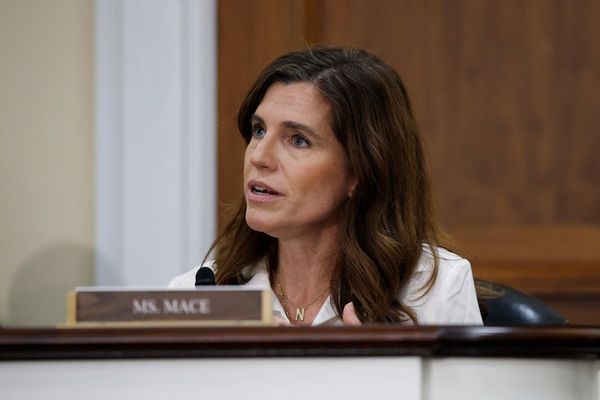
When the summer sun hits the west-facing windows of our 20th floor apartment in Melbourne, my resistance to switching on the air-con soon wilts.
This generally happens about 4pm, soon after we’ve lost access to cheap electricity under our solar sponge tariff.
I ramp up our power use just as everyone else does, adding demand to an already stressed grid. Even though we’re paying for 100% renewable energy, I still feel guilty.
We put off using the air-con for as long as possible, first by turning on the overhead fans we’ve installed in every room. Fans don’t lower the temperature, but extra air flow makes a room feel about 3C cooler. Fans are cheap to run and, when combined with air-con, cut the energy needed for cooling.
We also lower the blinds. Up to 87% of a home’s heat is gained through windows, and every square metre of glass hit by direct sun can generate as much heat as a single bar radiator.
Unfortunately, our blinds are black and absorb more heat than they repel. Our next investment will be blinds with a thin coating of reflective aluminium. The suppliers say they can reduce temperatures by up to 8C compared to rooms without window coverings.
Aluminium may beat back the heat when it’s bonded to a blind, but in other settings it acts as a super conductor. Our windows are double-glazed but the aluminium frames radiate like hotplates.
This could have been avoided by installing a gasket.
“The gasket provides a thermal break so the inside and outside of the frames operate at different temperatures,” explains the architect Jeremy McLeod, founder of Breathe Architecture and Nightingale Housing, who has been designing buildings that score at least 7.5 on the NatHERS energy rating scale since 2015.
Our tower block was constructed in the 1990s, so perhaps the builders can be excused for not insulating the window frames, but McLeod reckons thermal breaks should now be standard in any new apartment. The additional cost is quickly recouped in energy savings and is falling fast as these frames become more common.
Ideally, we should use external shades to prevent the sun hitting our apartment windows in the first place.
But Melbourne is a windy city, and the higher up you go, the stronger the wind gets. “There’s a lot of nervousness about fixing a shade sail to a tall building,” McLeod says.
Good engineering and sensors that retract the blinds in high winds might overcome this challenge, but building rules prevent us modifying the outside of the building. The rules can only be changed at an AGM or by special resolution, with the support of 75% of lot owners.
As homeowners, we at least have the right to make changes inside our apartment. Renters must resort to temporary fixes, such as double glazing with bubble wrap, or using cardboard to shield windows when temperatures climb.
Emma Bacon is the founding director of Sweltering Cities, which this month convened Australia’s first Extreme Heat Awareness Day. She warns that climate change makes heatwaves more dangerous, but the impact is not equally shared, since renters are more likely to live in poorly built homes without insulation or air-con.
Then there’s location to consider. “Lower income suburbs have a higher heat island effect,” says Bacon. “The hotter your suburb is, the poorer it’s likely to be,” she says.
“Putting trees on a street can reduce the urban heat island effect by several degrees. And if your street is 3C cooler then your home will be 3C cooler too.”
Since 2010, the National Construction Code has required all new homes to meet a six-star NatHERS rating, and this is credited with making newer dwellings twice as efficient as those built earlier. Last year, the bar was raised to seven stars, but some states are dragging their feet on complying. And Bacon says the scale is out of date because it’s calibrated to historical climate data rather than today’s hotter summers.
She identifies crucial things to look out for when considering building or buying a house in a suburban growth area.
“The first is simple commonsense measures, such as the colour of the roof or whether there is any space around the house for planting trees,” she says.
Research shows that lighter coloured roofs can save households almost $700 a year in energy costs.
Another is the direction a house faces, which affects how hot or cold it gets.
Then there is energy efficiency, such as good insulation, deep eaves for shade, solar panels and double- or triple-glazed windows.
Bacon says getting a home to beat the heat can mean pushing developers hard.
“The priorities of the building industry are not necessarily to inform customers what it might be like to live in the house in terms of thermal comfort or energy efficiency.”
While acknowledging that housing is already too expensive, Bacon thinks trading off thermal comfort for affordability is a false economy.
“Without good thermal efficiency and high design standards the more expensive housing will become, not just for the households paying high energy bills but for all of us through higher carbon emissions.
“There are so many choices that are much easier to make at the point of building rather than retrofitting.”
That’s something I reflect on every time I switch on the air-con.







